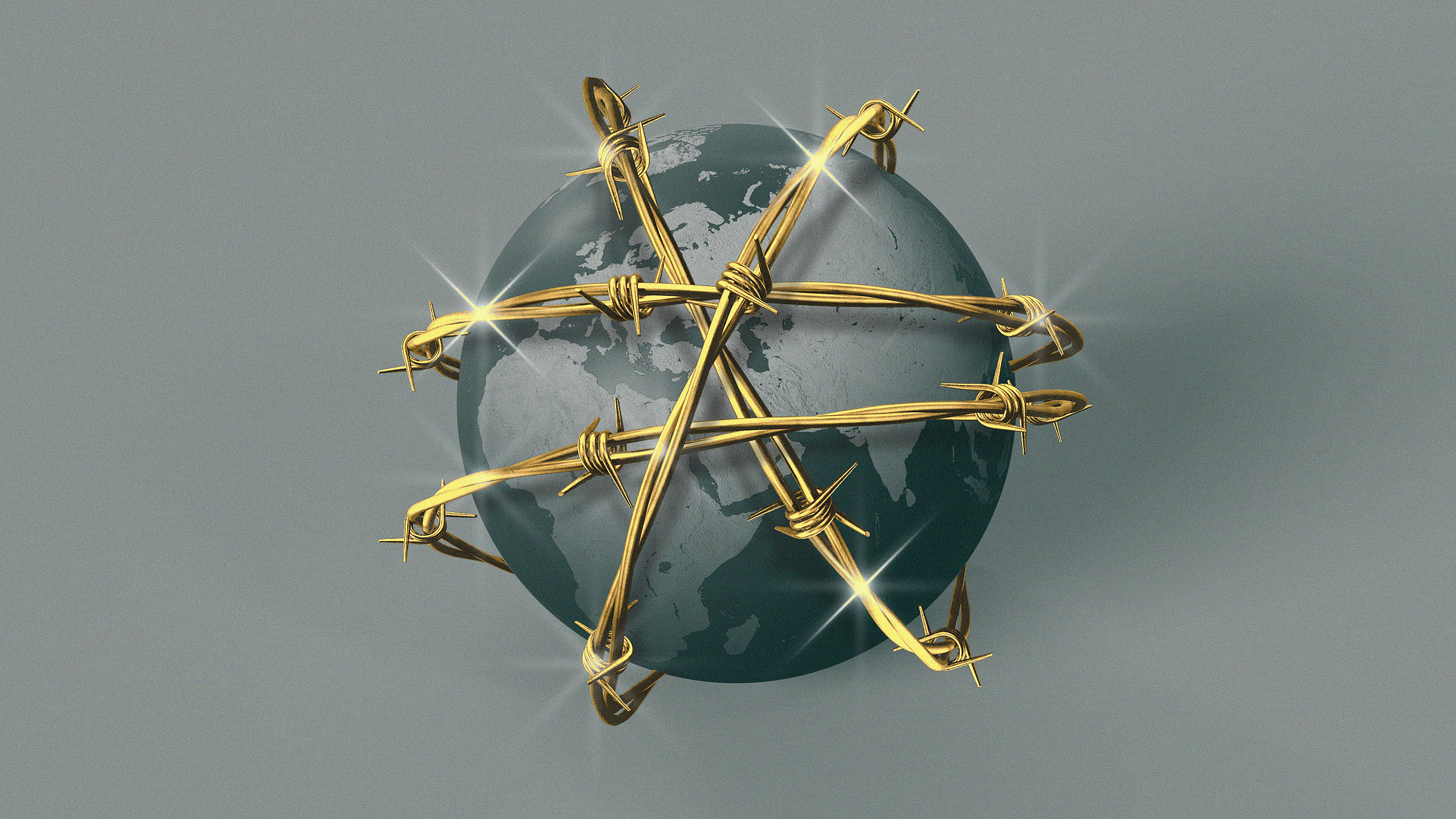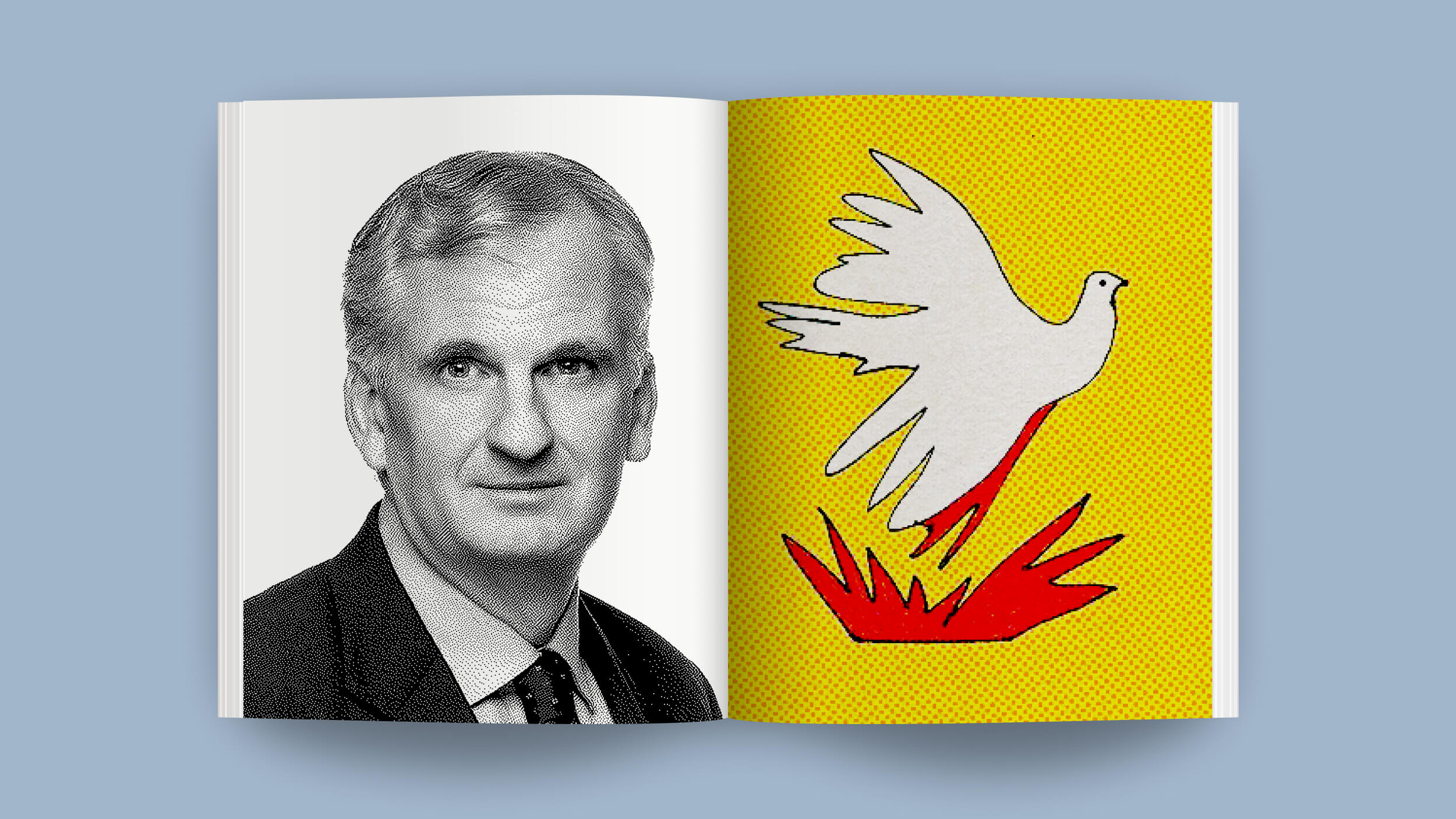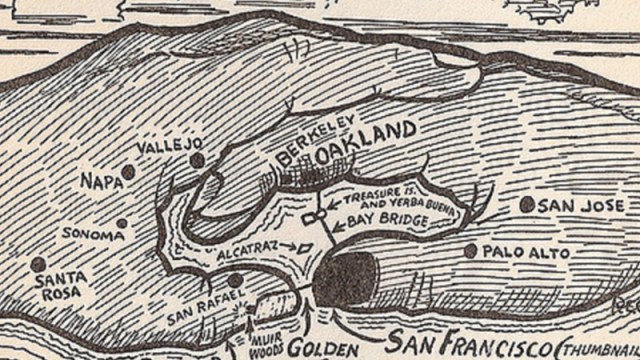323 – Taking Note of Old Europe
n
A – “Now you’re thinking of Europe as Germany and France. I don’t. I think that’s Old Europe. If you look at the entire NATO Europe today, the center of gravity is shifting to the East. And there are a lot of new members. And if you just take the list of all the members of NATO and all of those who have been invited in recently — what is it? Twenty-six, something like that? — you’re right. Germany has been a problem, and France has been a problem (…)”
n
Q – “But opinion polls –”
n
A – “But — just a minute. Just a minute. But you look at vast numbers of other countries in Europe. They’re not with France and Germany on this, they’re with the United States.”
n
That exchange, in 2003, between then US Secretary of Defense Donald Rumsfeld and (Dutch) TV journalist Charles Groenhuijsen, was about the level of support in Europe for American designs on Iraq. Rumsfeld ruffled the feathers of traditional US allies in Western Europe by suggesting that their opposition to US invasion plans mattered less now the ‘centre of gravity’ in Europe had shifted towards Eastern European states. These states, only recently freed from the Soviet yoke, were more appreciative of US foreign policy than Western European countries, Rumsfeld suggested.
n
There are other definitions of what “Old Europe” is. The time before the French Revolution (1789), when royalty ruled, privileged few profited and the masses were voiceless serfs, has sometimes been called “Old Europe” (although more commonly defined as the Ancien Regime). Europe is also old demographically – low birthrates combining with long life expectancy to make the average age of Europeans the highest in the world.
n
And Europe is part of the “Old World”, because it was known to the Ancients (this also included parts of Africa and Asia), as opposed to the “New World” (i.e. the American continent, only opened up to European exploration, expansion and exploitation from 1492 onward).
n
“Old Europe” is also the name of this work by artist Justine Smith, composed of the national bank notes of all European countries. The Europe in this map is “old” in that it is composed of bank notes as they existed before the introduction of the single European currency. On January 1, 2002, coins and bank notes in euro replaced the national currencies of most EU member countries at that time.
n
The Eurozone now comprises 15 of Europe’s 27 member states, with three older members actively having opted out (i.e. the UK, Denmark and Sweden) and most of the newer members slated for inclusion (once their economy performs within certain parameters). Here are the present members of the Eurozone, with their former currencies:
n
- n
- Austria (schilling)
- Belgium (franc)
- Cyprus (pound)
- Finland (markka)
- France (franc)
- Germany (mark)
- Greece (drachma)
- Ireland (pound)
- Italy (lira)
- Luxembourg (franc, pegged 1:1 to the Belgian franc)
- Malta (lira)
- Netherlands (guilder)
- Portugal (escudo)
- Slovenia (tolar – cognate with dollar)
- Spain (peseta)
n
n
n
n
n
n
n
n
n
n
n
n
n
n
n
n
Slovakia is slated to join on January 1, 2009, thereafter retiring its national currency, the koruna. As with all other Eastern European countries that have joined the EU (Estonia, Latvia, Lithuania, Poland, Czech Republic, Hungary, Romania, Bulgaria) was obliged at its accession to adopt the euro. The others will do so when the conditions are met.
n
The euro is also the de facto currency of a number of European countries that are not members of the European Union (a precondition to be de jure part of the Eurozone): the Vatican, Monaco and San Marino (Liechtenstein uses the Swiss franc, by the way), and the former Yugoslav republics of Kosovo and Montenegro.
n
The euro has defied prophecies of monetary doom, becoming a strong and internationally respected currency, steadily gaining on the dollar. It has also eliminated the costly necessity of converting currencies within (most of) the European Union. I don’t know if this is true or if it is euro-propaganda, but to illustrate the negative economic impact of these conversions, it was said that you could take any amount of any currency in the pre-euro EU, convert that amount into each other currency until you were back at the original one, and be left with half the original amount of money – without having traded a single thing.
n
The downside of currency unification is the de-diversification of European money, which used to have very distinct national flavours (metaphorically speaking, of course). Nowadays, bank notes in euro look the same everywhere, as do the euro coins, with the difference that the latter are stamped on one side with a national design by the country they’re minted for.
n
You are hereby cordially invited to identify the national heroes and motifs represented on the notes on this map (and other now obsolete ones you might have fond memories of).
n
This map, sent in by The Fashioniste, is one of a series made with bank notes by artist Justine Smith (another one, inevitably, is Euro Europe, made up of euro notes).
n






